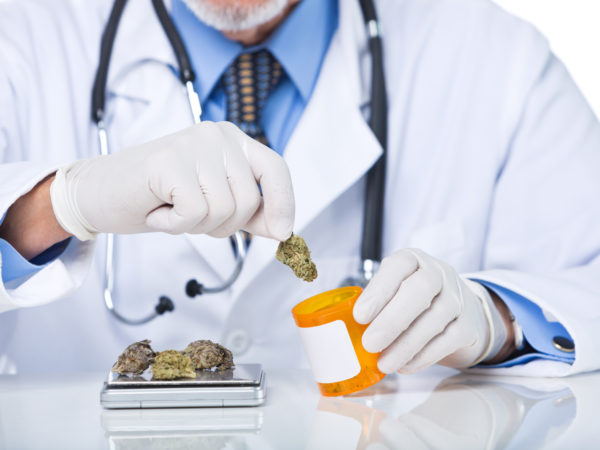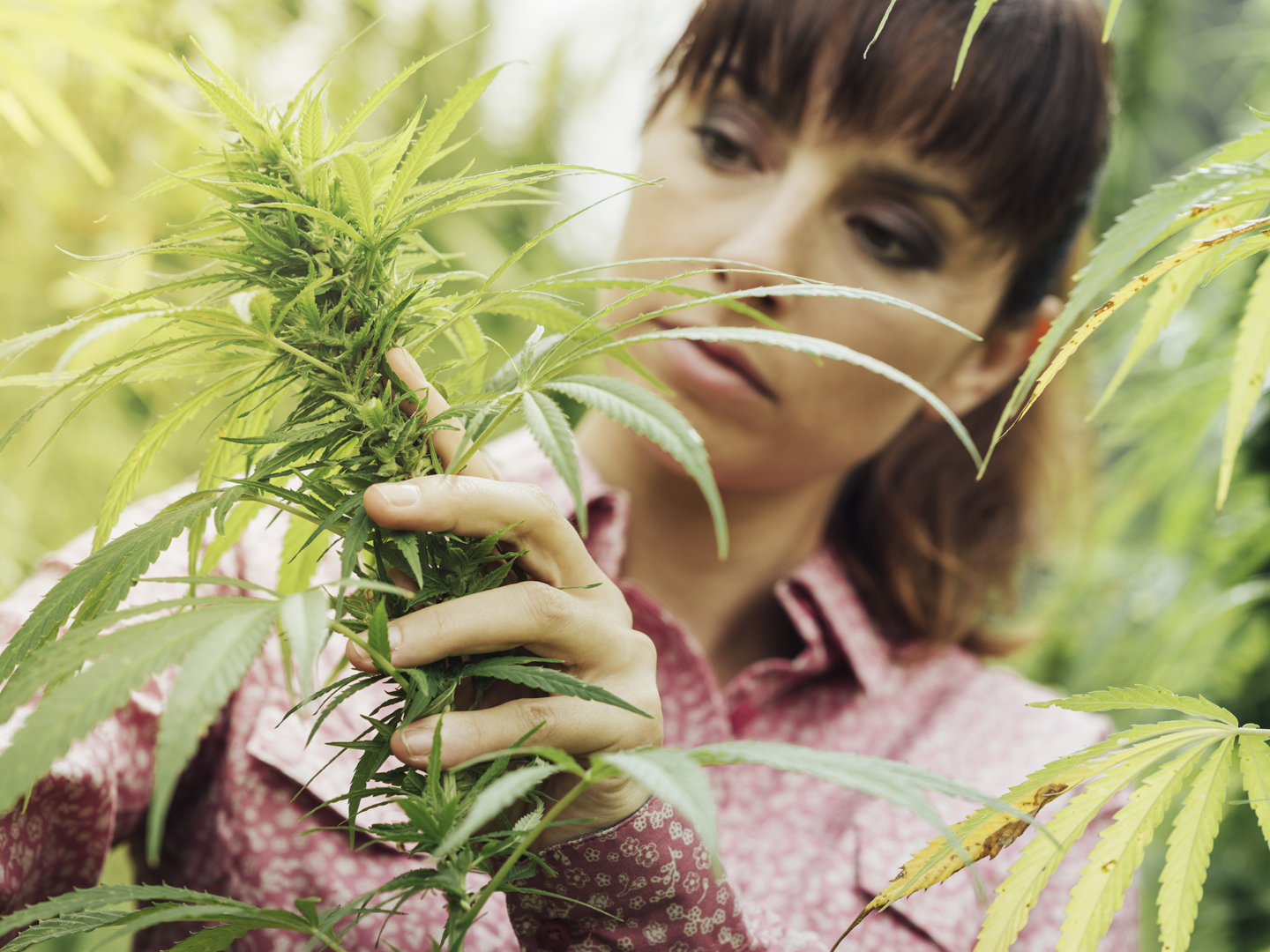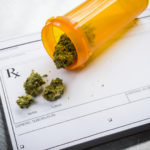Is Medical Cannabis Worth The Fight?
With medical cannabis so much in the news and so politicized these days, can you discuss its real therapeutic benefits and drawbacks?
Andrew Weil, M.D. | August 3, 2019

Cannabis has been used as medicine in many cultures for as long as 3,000 years. American physicians once employed a liquid extract of it to treat labor pains, asthma, nervous disorders and even colicky babies. That medication was banned in the U.S. in 1942 and remained off-limits until individual states began to legalize medical cannabis.
Despite the ban, the multiple health benefits of cannabis have long been recognized. In a 1999 publication “Marijuana and Medicine: Assessing the Science Base,” the respected Institute of Medicine concluded that evidence supports the effectiveness of cannabinoids – the active components of the plant – for pain relief, control of nausea and vomiting, and appetite stimulation.
I discussed your question with Donald Abrams, M.D., chief of Hematology-Oncology at San Francisco General Hospital, who directs an integrative oncology consultative practice at the UCSF Osher Center and has probably conducted more formal research on the therapeutic effects of cannabis than anyone else in the U.S. Dr. Abrams has shown clinically that inhaled cannabis can reduce the difficult pain associated with nerve damage (neuropathy) and appears to boost the effect of opioid pain relievers. He also tells me that his cancer patients (who have had access to medicinal cannabis in California since 1996) report its effectiveness for relieving chemotherapy-related nausea and increasing appetite. Many patients also find certain strains useful to promote sleep. The differences in effects of various strains are related to their particular concentrations of cannabinoids, including tetrahydrocannabinol (THC) and cannabidiol (CBD). THC is psychoactive; CBD is not. But CBD may alleviate inflammation and pain. Patients seeking pain relief may do better with a CBD-rich strain.
Another neurologic problem that seems to respond positively to cannabis treatment is multiple sclerosis. Both THC and CBD seem to ease the muscle pain and spasticity common in this disease. Other cannabinoids remain to be evaluated for their clinical potential.
The FDA has approved a CBD pharmaceutical product, Epidiolex, for treating two forms of childhood epilepsy, as well as two drugs, dronabinol (Marinol), a capsule containing delta-9-tetrahydrocannabinol (THC) and nabilone (Cesamet), a synthetic cannabinoid, to reduce nausea and vomiting in patients undergoing chemotherapy. Another cannabinoid drug, Sativex, an oral spray containing THC and CBD being studied in the U.S. for treatment of cancer-related pain, is available in Canada and some European countries.
Although its historical record of safe use is unparalleled, one of the drawbacks of cannabis as a medicine is that some people react badly to its psychoactivity. Instead of feeling mildly euphoric and experiencing less pain or nausea, they become groggy, anxious, or paranoid. Because cannabis can have effects on blood pressure and increase pulse rate, Dr. Abrams advises that people with heart conditions and the elderly should use it with caution. He also recommends that adolescents steer clear of it until the brain is fully developed – in the early 20s.
The only real downside of smoking cannabis appears to be an increased risk of bronchitis, which may decrease if the drug is delivered via vaporization. Those who feel that edible cannabis products may be safer than inhaling the drug should be aware that the onset of the effect is delayed, and dosing can be less predictable. Edible cannabis products may have a more profound and prolonged psychoactive effect than inhaled ones.
For an in-depth and highly readable summary of the potential health benefits of cannabis and how it works in the body, Dr. Abrams and I recommend the book, Marijuana Gateway to Health: How Cannabis Protects Us from Cancer and Alzheimer’s Disease, by journalist Clint Werner.
Andrew Weil, M.D.
Source:
nytimes.com/2019/04/25/business/economy/jobs-in-cannabis-weed-marijuana.html














